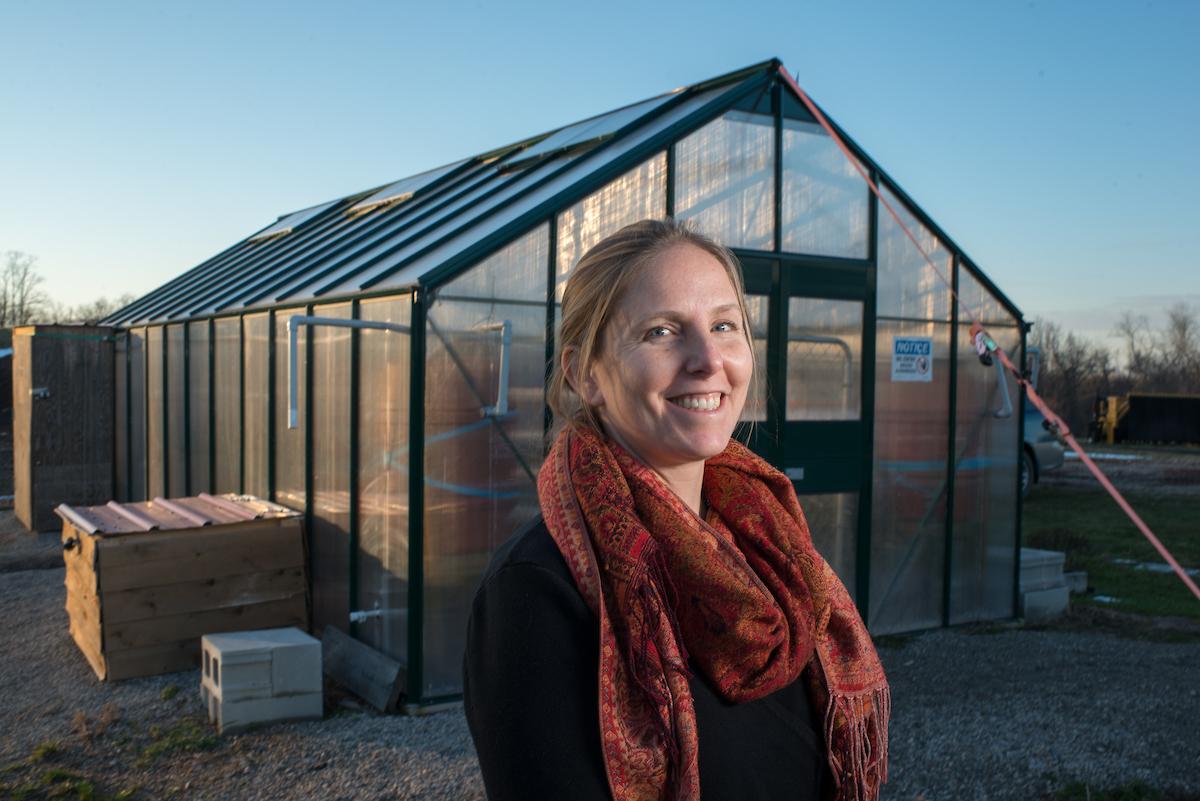
Davis partners with National Renewable Energy Lab to expand program optimizing renewable energy systems

Dr. Sarah Davis, associate professor in environmental studies at Ohio University’s Voinovich School of Leadership and Public Affairs, recently partnered with the National Renewable Energy Lab (NREL) to expand modules for Renewable Energy Optimization (REopt), a program that suggests the best combination of renewable energy systems for large entities such as companies, communities and universities.
The program will solve for the best combination of renewable energy systems for a particular entity based on economic costs and current energy sources available in the area, including solar, wind and battery power. The model projects strategies to minimize costs, reduce emissions and sustain critical loads during a power grid outage, said Kate Anderson, group manager for modeling and analysis at NREL.
“Dr. Davis is helping NREL add a bioenergy module to REopt that will allow users to evaluate the economic, sustainability and resilience benefits of bioenergy alongside other distributed energy technologies,” Anderson said. “With over 40,000 users, this addition will help building owners, energy consultants, developers and utilities evaluate bioenergy options for their sites.”
Davis had discussed the project for a few years with contacts at NREL, which works on creative answers to energy challenges. The partnership was created as a result of those discussions, and Davis added her bioenergy expertise to the program that NREL was already creating.
“I was interested in doing this project because there’s so much information out there about how these systems function individually, but a lot less work on how you might combine them for the best solution,” said Davis, a longtime researcher in bioenergy.
The application has not launched yet, but Davis hopes users can learn new and innovative ways to optimize their energy systems.
“Taking a step from the theoretical world of research and making it into something people can actually use is important,” Davis said. “It applies solutions that are going to transform our energy industry moving forward.”